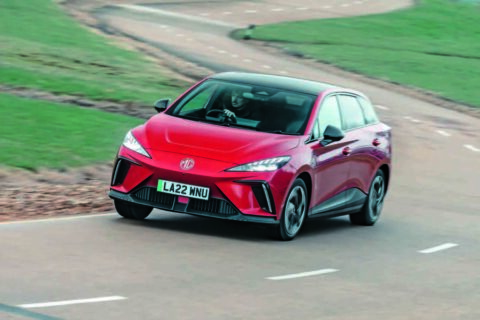How is benefit-in-kind tax calculated?
The tax is based on a combination of the car’s list price including VAT and extras (together called the P11D value), multiplied by the vehicle’s official CO2 emissions expressed as a percentage and known as the BIK rate. The result, multiplied by the employee’s personal tax band, is the amount of tax they must pay for having the car.

In the 2019/20 tax year, the lowest BIK rate was 16%, applied to cars emitting 0g/km – in other words, EVs. However, in 2020/21, the BIK rate for EVs was reduced to just 2%, a move that slashed the tax bill for employees driving them.
This rate still applies and will do so until 2024/25, after which it will rise by 1% increments to 5% in 2027/28. In comparison, the lowest BIK rate on pure-combustion cars (as distinct from hybrids) is 15% and will rise to 18% in the same period.
You can use our company car tax calculator to figure it out for yourself.
What are the benefits of salary sacrifice?
For employees, it’s being able to have a new EV at significantly less cost than a new one they could source and finance themselves.
For employers, it’s being able to offer an additional retention and recruitment incentive, although if the scheme reduces an employee’s salary below the minimum wage, it cannot be offered.
